#StillStand – Interview with Coco Bergholm
About #StillStand project
In the middle of the crisis – in the standstill – we (artists) are still standing!
A project by Urban Spree Gallery and Señor Schnu in Berlin.
The Urban Spree Gallery in Berlin is one of the most internationally renowned addresses for urban art in Germany since 2012. The artists’ residency, the exhibition space, the bookshop & shop as well as the concert hall and beer garden were now completely closed by Corona.
Over the years, the 120m2 wall of one of the buildings facing the Warschauer Brücke has been painted by artists for each exhibition. Among them were internationally renowned artists such as 1UP, ABOVE, Broken Finger Crew, DAZE, HONET, Jim Avignon, M-City, Mode2, Rylsee, Twoone, Victor Ash, ZEVS, Marina Zumi and many more.
In times of Corona – in which artists have hardly any possibilities to exhibit and produce for projects – this wall, which is well known in Berlin, is now, through a past Open Call, giving Berlin artists the chance to express themselves outdoors, on a large format, on the subject of Corona and art, and to collectively move forward productively and creatively in order to avoid an absolute standstill. However, no event will take place.
In mid-May 2020, a five-member jury consisting of the director of Urban Spree, Pascal Feucher, the initiator and artist Senor Schnu, as well as the artists Johannes Mundinger and Julia Benz and the art historian Katia Hermann, selected four artists. In the selection process, attention was paid to the thematic reference, originality, quality, feasibility, style and parity.
Every 10 days from May to July 2020 a new work will be created on the 120m2 wall. The murals will be presented through photography, drone shots and video documentation in an online exhibition on the internet and social media by the Urban Spree Gallery. Passers-by can only see the works from a distance from the bridge.
The project is supported by Molotow, Pandemic Healing Arts, Neis Design BLN, We did nothing wrong e.V., Dämmisol, Cosmopola, Urbanpresents, Urban Spree Galerie, Lauritz Kurth, Katia Hermann und Anette Mischler.
The chosen artists are (in order of production): HowtokillaGraffiti, Ida Lawrence, Coco Bergholm and the duo Arbeitstitel.
The artist HowtokillaGraffiti started the first production, which he completed within four days. His mural was on display until the 5.06.2020. Then the Australian artist Ida Lawrence started and produced her wall painting in five days. Her mural could be seen until the 18.06.2020. The third work was delivered by the painter Coco Bergholm within six days and could now be seen until the 2.06.2020.
Coco Bergholm is a visual artist, who lives and works in Berlin and expresses herself mainly through painting. In her works she deals with public space as a place of communication. She addresses questions relating to the possibilities of participating in passive resistance and about disappearance.
#StillStand, Coco Bergholm, Urban Spree – Juni 2020 ©Lukas K Stiller #StillStand, Coco Bergholm, Urban Spree – Juni 2020 ©Lukas K Stiller #StillStand, Coco Bergholm, Urban Spree – Juni 2020 ©Lukas K Stiller #StillStand, Coco Bergholm, Urban Spree – Juni 2020 ©Lukas K Stiller #StillStand, Coco Bergholm, Urban Spree – Juni 2020 ©Lukas K Stiller #StillStand, Coco Bergholm, Urban Spree – Juni 2020 ©Lukas K Stiller
Interview with Coco Bergholm by Katja Aksenenka
Hello Coco, how did you hear about the STILLSTAND project?
Through Instagram.
How was your “order situation” at the moment and during Corona? Were you more artistically productive during this time?
More concentrated, because meetings and exhibitions or workshops were cancelled. Since I live from my art, this means that I have one or two big exhibitions per year and therefore no regular income. So four Corona months are not much different from my normal everyday life. The only real difference is homeschooling, which I enjoy.
How did you feel about the lockdown?
The first six weeks were okay, after that I realized that I start to miss my family and friends and especially physical contact. Corona almost feels like a reset. No one is traveling, everyone is focused. You see that things are possible that were unthinkable before. For example, when the talking is about flying and therefore also climate change everyone sees: “Oh, actually it’s possible to live more modestly, to go down and reflect.” I read the sentence “We won’t go back to normal” because “normal” didn’t work“, somewhere on your wall. Every crisis makes it possible to rethink existing structures and that’s exactly what I wish for. What about, for example, the unconditional basic income to rethink the concept of work? What about negative interests or the end of the growth doctrine?
#StillStand, Coco Bergholm, Urban Spree – Juni 2020 ©Katia H. #StillStand, Coco Bergholm, Urban Spree – Juni 2020 ©Katia H.
Was it your first big wall or the first big mural you have painted?
Ich habe Wände in Zusammenarbeit mit 1010 gemalt. Er malt riesige Murals und arbeitet subversiv politisch. Eine Reihe zeigt schwarze Löcher, welche aber in Form von Staaten, die als Steueroasen gelten, geformt sind. Beim Betrachten sieht man erst ein schönes Bild mit vielen Farbnuancen. Mit dem Hintergrundwissen gewinnen 1010’s Arbeiten an Tiefe.
What is your connection to street art or graffiti? Especially in light of the current exhibition space “Urban Spree”…
During my studies in Hamburg I worked at an off-gallery called “Hinterconti” in the Markstraße. We had a lively exchange with other exhibition spaces. In Berlin this was the room “Miss Hecker” by Yoichi Osaki & Florian Glässel in Alte Schönhauser Straße, where artists were invited to create new works over and over again on the previously created wall works. The room became more and more dense – a concept from the graffiti/street art area.
It also seems that the meaning of the words is important to you. Unlike in graffiti, where many people choose letters according to the shape, sweep or painting style of the letters…
Yes, if I can express something with words, I try to do so. But aesthetics are also important to me. My grand-father Eduard was engaged in calligraphy among other things. I like the meditative and repetitive aspect of it. Graffiti belongs to the cityscape of Berlin for me. I love the diversity. A zero-tolerance policy in terms of co-designing urban space, as was the case in Stockholm for a long time, is for me a sign of intolerance. I think that urban space should belong to everyone. Everybody should be allowed to participate. The „Right to the city“, „Reclaim the City“ – all these movements are important impulses for a more lively social space that is less determined by capitalist thinking. I would put common property above private property, according to the motto “EVERYTHING FOR EVERYBODY”. Property is theft. On my website there is a painting, for example, in which the quote “DON’T HATE THE PLAYER – HATE THE GAME” is aesthetically integrated, very similar to my quote for the STILLSTAND project. But I also have no problem writing texts directly and unadorned on the wall.
#StillStand, Coco Bergholm, Urban Spree – Juni 2020 ©Lukas K Stiller
#StillStand, Coco Bergholm, Urban Spree – Juni 2020 ©Lukas K Stiller #StillStand, Coco Bergholm, Urban Spree – Juni 2020 ©Lukas K Stiller #StillStand, Coco Bergholm, Urban Spree – Juni 2020 ©Lukas K Stiller #StillStand, Coco Bergholm, Urban Spree – Juni 2020 ©Lukas K Stiller
How active are you on the streets?
From the point of view of communication and the recipients, public space is very interesting to me. The white cube in a gallery context is not necessarily accessible or attractive to all recipients. In public space, you are both independent as an artist and you reach a wide audience. Moreover, everyone is free to react in whatever form they choose. For example, I recently documented the dialogues on the walls of the construction sites in the underground stations at Kottbusser Tor and Yorckstraße. STILLSTAND here in the context of the Urban Spree is such an in-between thing: there is the connection to the gallery, but it is also a huge wall visible from the street. The surface is like a big speking tube. The audience is diverse.
As can be seen on your homepage, your work on canvas also depicts the urban space. Why do you choose this motive and what do you want to express with it?
Die Zugänglichkeit für alle ist ein mögliches Potenzial des Stadtraums. Es gibt im Englischen den Begriff “Third Space”, der von Ray Oldenburg & Edward Soja definiert wurde und einen Raum beschreibt, in dem jeder willkommen ist. z.B. auf den Straßen, in den Parks, Bibliotheken, Cafes etc. Ich wünsche mir Orte an dem ein Wandel der Gedanken und Aktionen stattfinden kann. Orte an denen unterschiedlichste Menschen zusammen kommen und sich austauschen können und an denen ich andere Perspektiven kennenlernen und verstehen kann. Ich frage mich einfach: Welche Voraussetzungen gibt es politisch, um überhaupt einen Wandel herbeizuführen? Ist ein friedlicher Wandel innerhalb des Systems möglich? Können wir zum Beispiel durch eine Demonstration, durch den Wandel der Demokratie mehr zu einer “Liquid democracy” hingelangen? Kann man dadurch etwas verändern? Alles geht zu langsam, besonders im Bezug auf die notwendigen Änderungen für das Abmildern der Effekte des Klimawandels. Alte verkrustete Strukturen, Lobbyismus und Machterhaltungsbestrebungen sind kontraproduktiv. Es gibt dieses tolle Jenny Holzer Zitat: “ABUSE OF POWER COMES AS NO SURPRISE”. Die Konsequenz aus dieser Vorstellung wäre eine radikal neue Form der Konsensfindung.
What role does the artist play in society from your point of view?
I don’t want to tell anyone what she or he should do. I personally ask myself very basic questions like: What kind of society do I want to live in? And how do we get there? Fridays for Future, Extinction Rebellion, and many other movements show possible ways. Where can I get involved? How can I contribute to change in my everyday life, but also socially? Artistic projects can build on these fundamental questions. When I work with slogans, it is because I have respect for language. I have recently started using titles for works, because langu-age strongly directs thoughts and associations. I stalk very carefully and therefore work mainly with foreign quotations, because I am insecure – like on spaghetti legs. I am still exploring.
Where do you get these quotes?
The quote for the STILLSTAND mural is from Cesar A. Cruz – originally: “ART SHOULD COMFORT THE DISTUR-BED AND DISTURB THE COMFORTABLE”. But I found it more exciting to use only “COMFORT THE DISTURBED – DISTURB THE COMFORTABLE”. This makes it more general and leads to the question: What happens in a society with imbalances? The gap between rich and poor, power gaps, educational opportunities, etc. Studies in countries where there is more equality indicate that people are happier and more peaceful. That is why I find this quote remarkable. For me the question is: How can we create more social equality and fairness?
Can you describe your motive in more detail? What did you mean by that and why or what is being torn down? Why is it black and bright underneath? Does it have another level of meaning?
I could have just written the quote on the wall, but the form transports a message as well as the meaning of what is said, as McLuhan reflects in the book “The Medium is the Message”. The artistic or aesthetic realisation can function like a tool – a key to attention perhaps? Here I’m just thinking about the interview you did with “Howtokillagraffiti”.He says there: “It’s not what I put into things. People see what they see because that’s who they are.” – Which reflects the idea of projection and subjective reality: “WE DON’T SEE THINGS AS THEY ARE – WE SEE THINGS AS WE ARE”. You draw from your own wealth of experience. You can only see what you know. The idea of the Kantian “thing-in-itself” is irrelevant because there is no objectivity – no absolute truth. My reality looks different from yours. Maybe this thought is so relevant to me because I perceive the world synaesthetically, so that I am painfully aware that I perceive things that I cannot share; that I am alone with.
Do you also try with your art to create something like a consciousness in people, so that they start to reflect consciously?
Of course I wish that my thoughts could trigger something, just as I wish to be triggered – by a conversation or by something I discover. My professor Andrea Tippel said to me during a work meeting: “If you do an exhibition and only one person feels enriched, then it was a good exhibition. And if that person is you, then that’s the way it is.” I found that so radical and beautiful, because it actually shows that it’s not about pleasing. If you feel you have to do it, then do it. She took a lot of pressure off of my thinking. I also have no problem implementing ideas that others have already tried. Achim Hoops, another professor said: “Do it again, but better.”
#StillStand, Coco Bergholm, Urban Spree – Juni 2020 ©Katia H. #StillStand, Coco Bergholm, Urban Spree – Juni 2020 ©Katia H. #StillStand, Coco Bergholm, Urban Spree – Juni 2020 ©Lukas K Stiller #StillStand, Coco Bergholm, Urban Spree – Juni 2020 ©Coco Bergholm #StillStand, Coco Bergholm, Urban Spree – Juni 2020 ©Lukas K Stiller
What do you strive for in your artistic work?
Wenn ich als Coco Bergholm in Erscheinung trete, versuche ich offensiv zu agieren. Von meiner Persönlichkeit her, ist das ein Aspekt der mich herausfordert – also GROSS DENKEN und laut und deutlich sprechen. In vielen meiner Arbeiten geht es nämlich eher um das Verschwinden und Unsichtbar sein, wie z.B. in dem Kurzfilm „ALMOST HERE“ den ich kürzlich für das UrbanArtWeekend beim 48hNeukölln gemacht habe. Dort habe ich für Kleidungsstücke, die ich auf der Straße gefunden habe, Orte gesucht die von der Oberflächenfärbung eine Camouflage ermöglichen, so dass man unsichtbar werden kann. Mich interessieren die Muster und Ornamente die durch Oberflächengestaltung wie z.B. Graffiti oder Tags entstehen können. Das sensible Beobachten des Stadtraums ist gerade durch Instagram eine aufkeimende Rezeptions- oder Sensibilisierungskultur der Flaneure. Ich denke auch, dass zum Beispiel jeder Senior bereichert ist, wenn er mit Jo Preußler, von dem Projekt „Graffitimuseum“, eine Graffitiführung für Senioren macht – sozusagen ein Alphabetisierungskurs für den urbanen Raum. Ich stelle mir das vor, wie neue Augen bekommen: auf einmal kann man die Welt ganz anders sehen, sie dechiffrieren – ein nachvollziehen und wertschätzen wird möglich!
Thank you very much Coco for this profound conversation!
instagram.com/cocobergholm cocobergholm.net urbanspree.com/blog
Text about #StillStand & photo editor: Katia Hermann
Interview DE & EN: Katja Aksenenka
Thanks to the photographer: Lukas K Stiller
615 views
Categories
Tags:
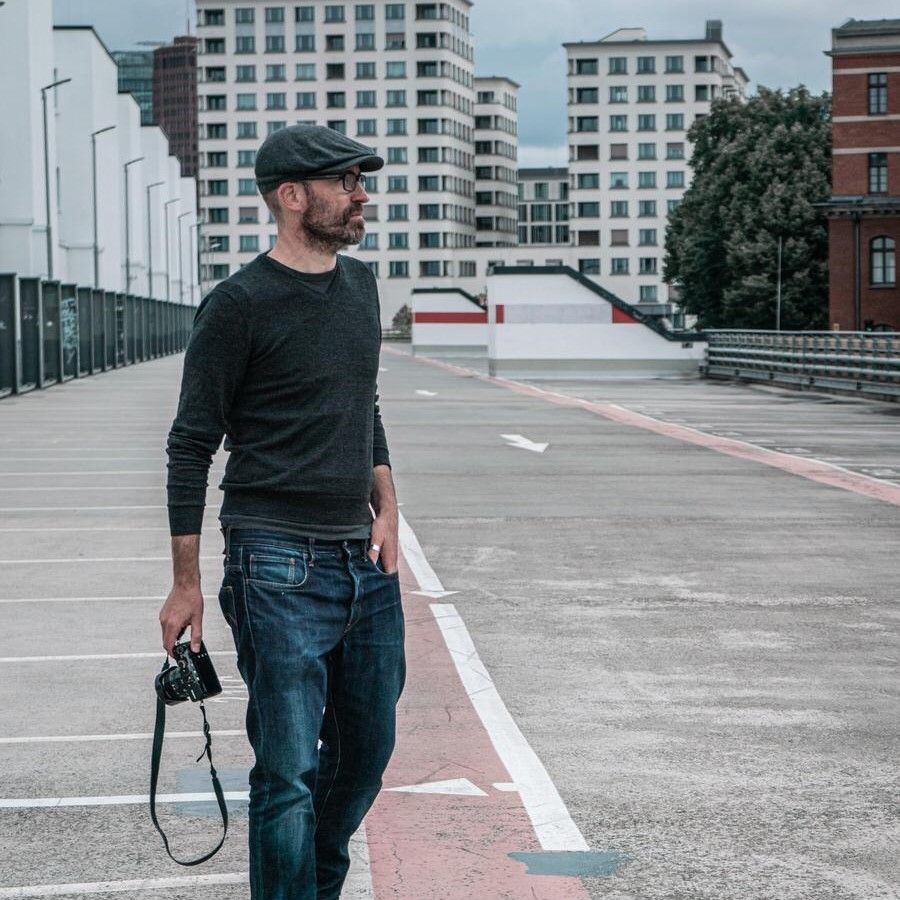
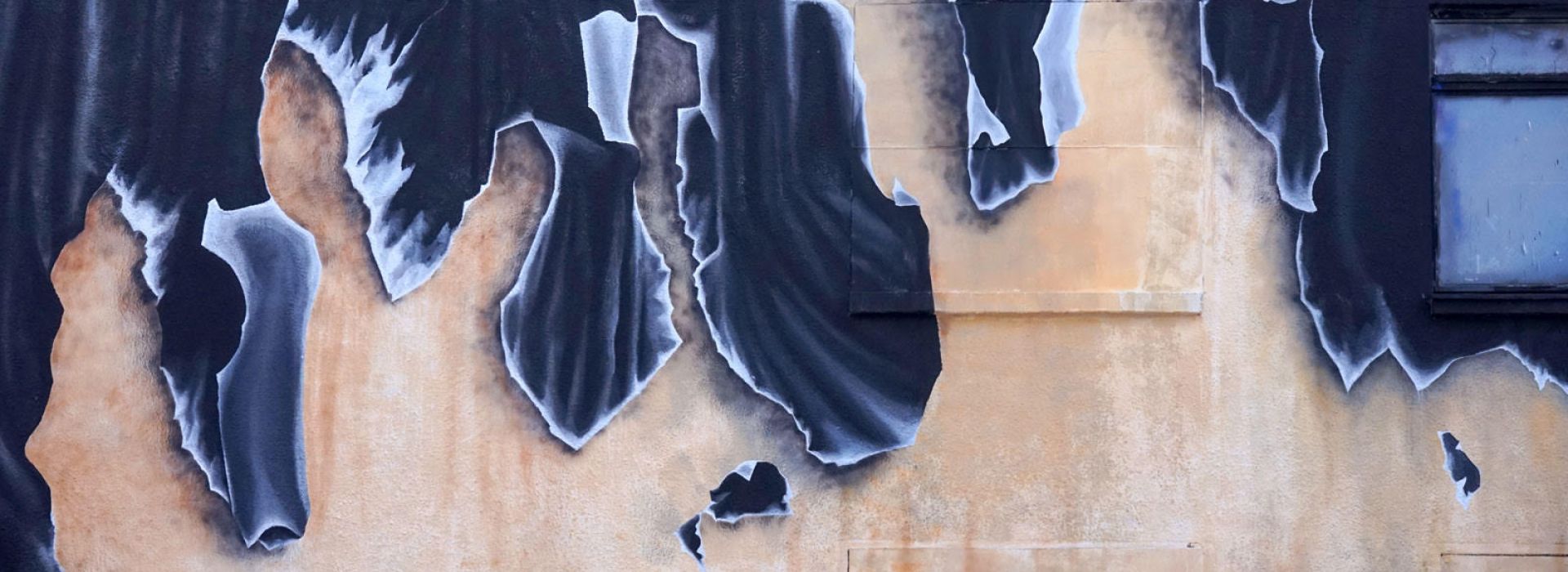
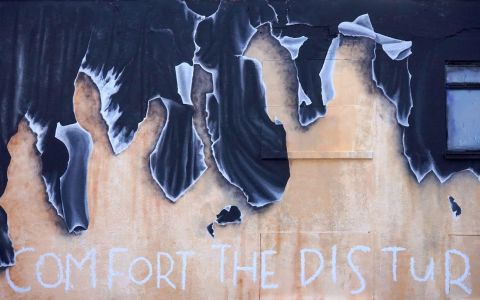
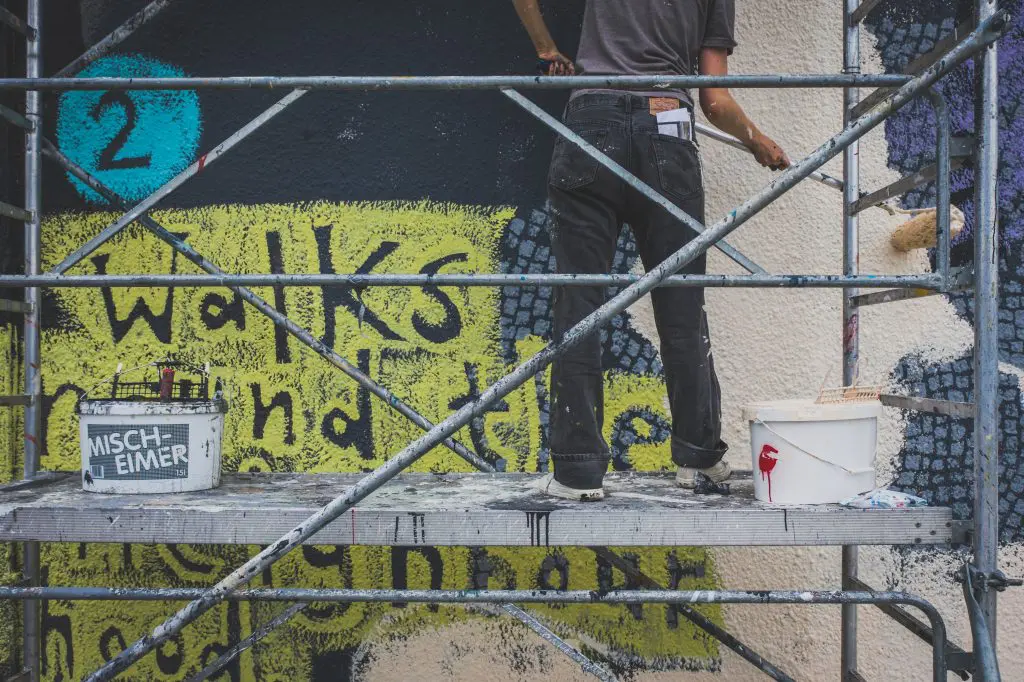
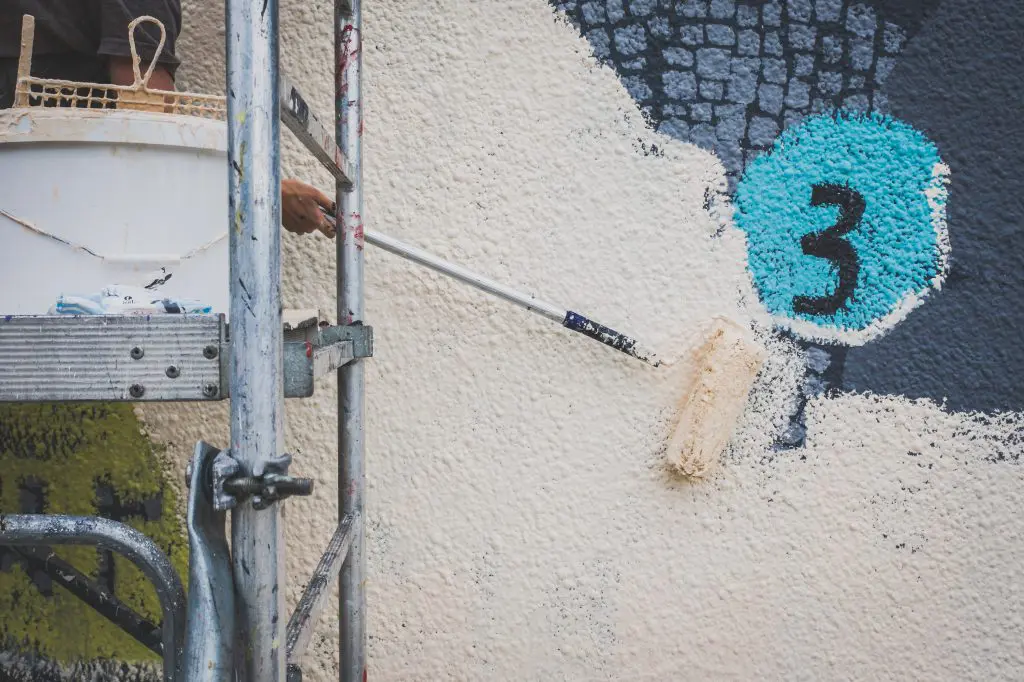
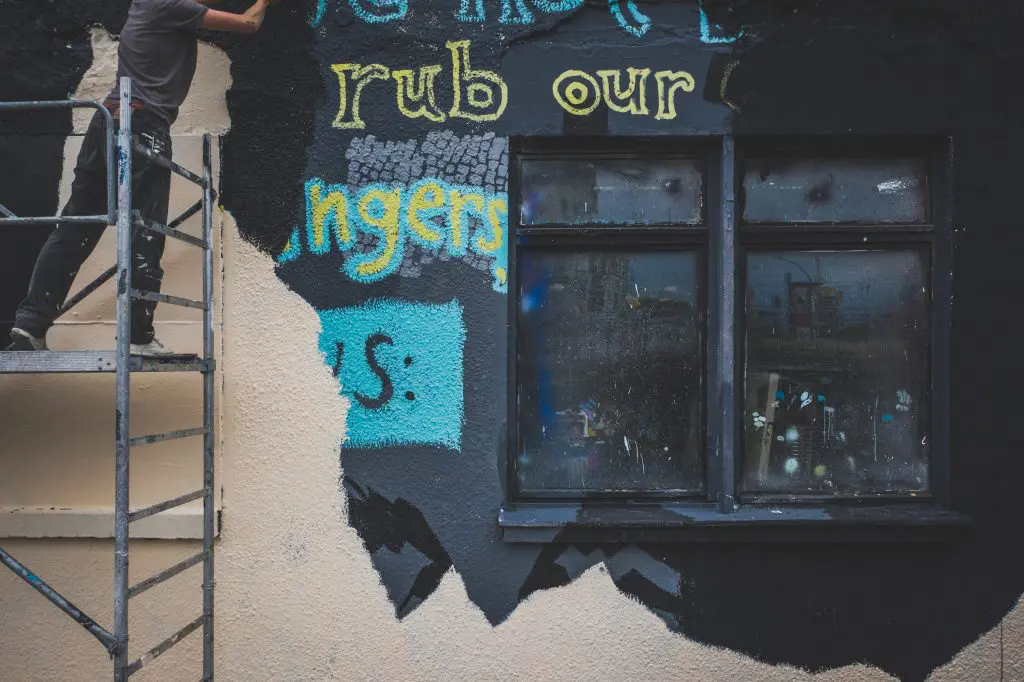
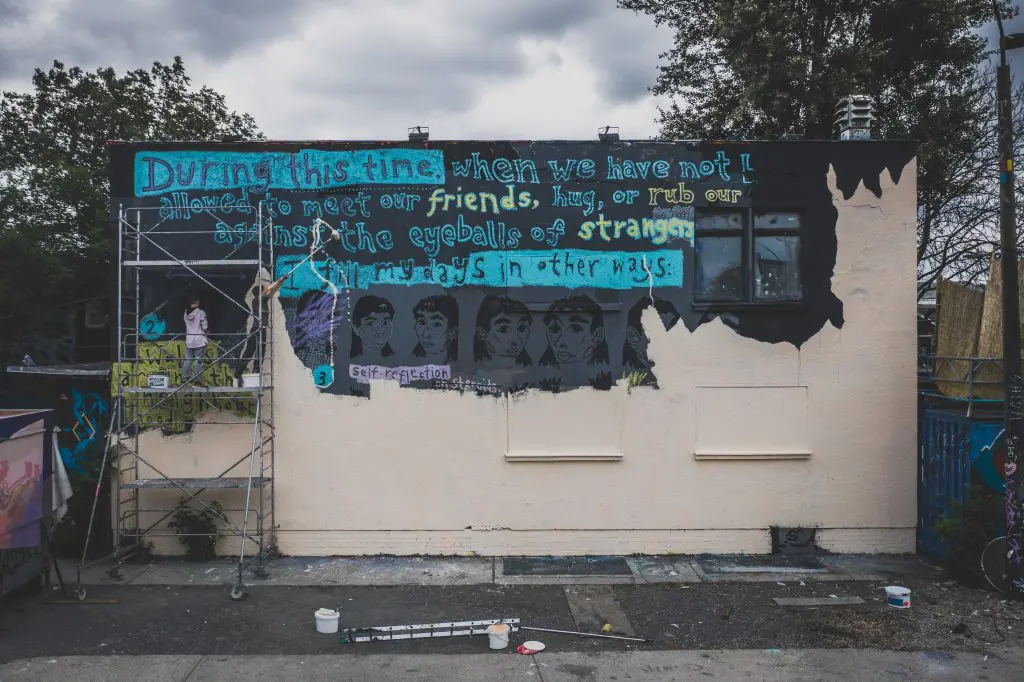
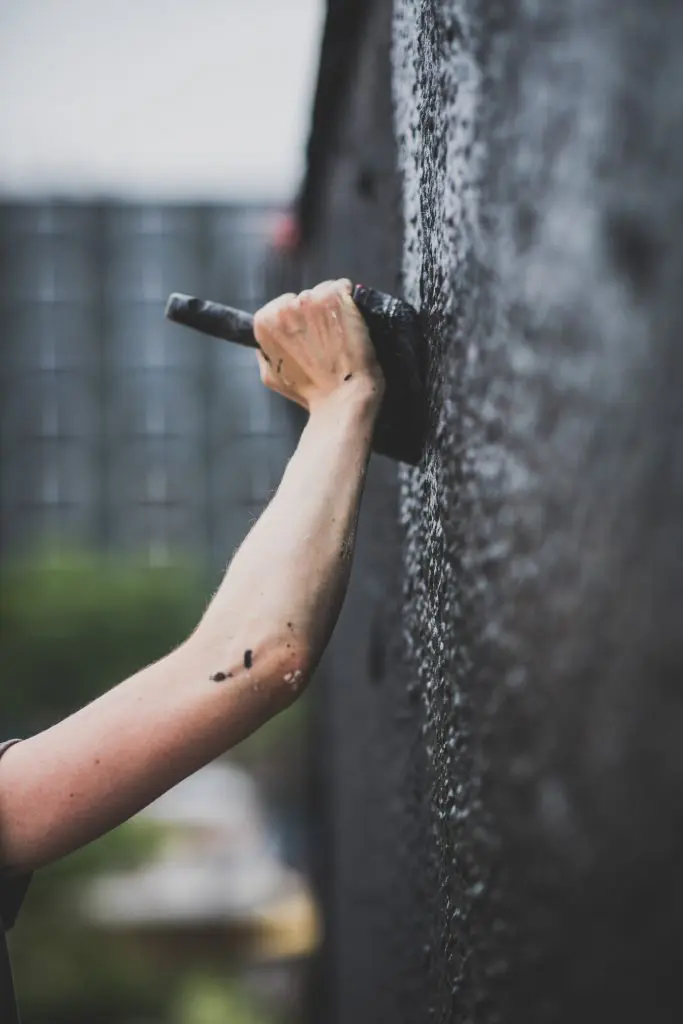
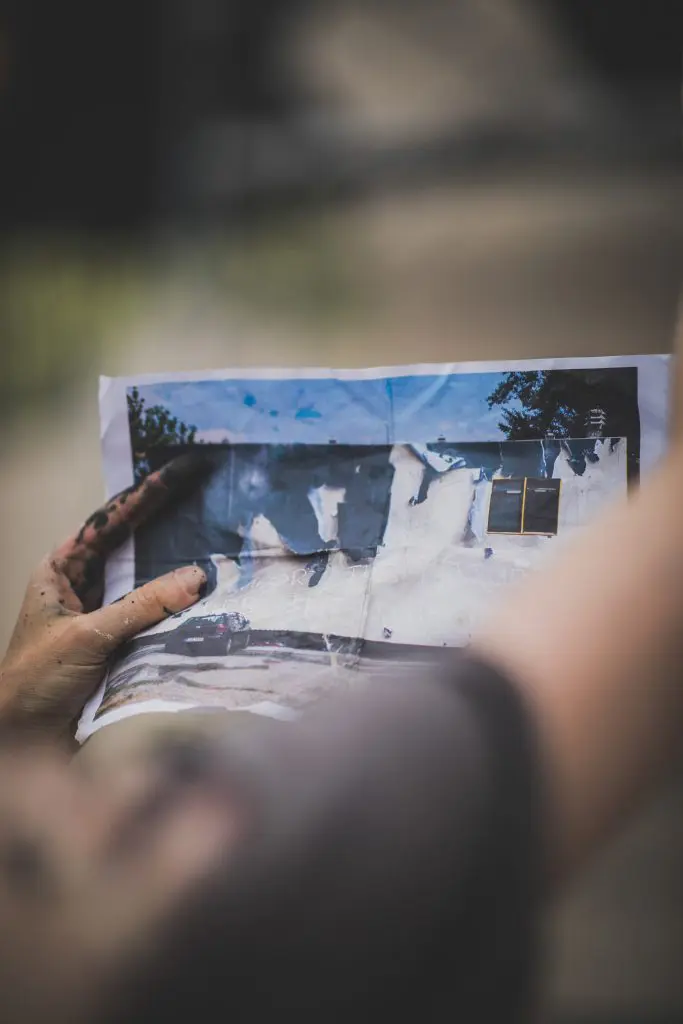
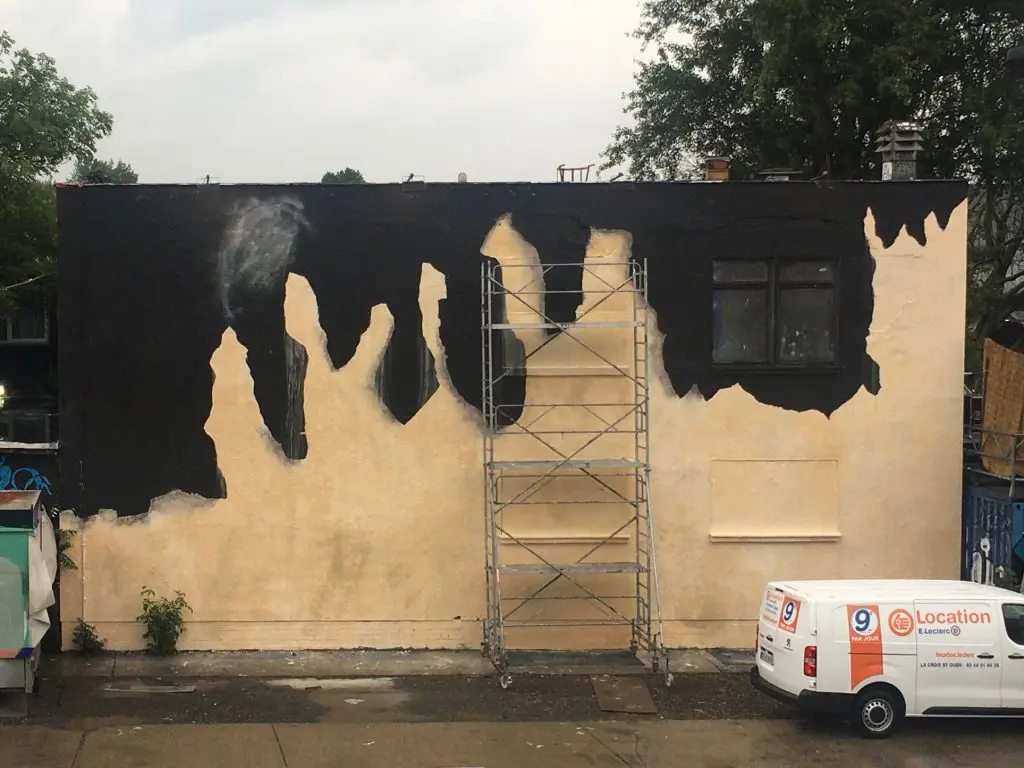
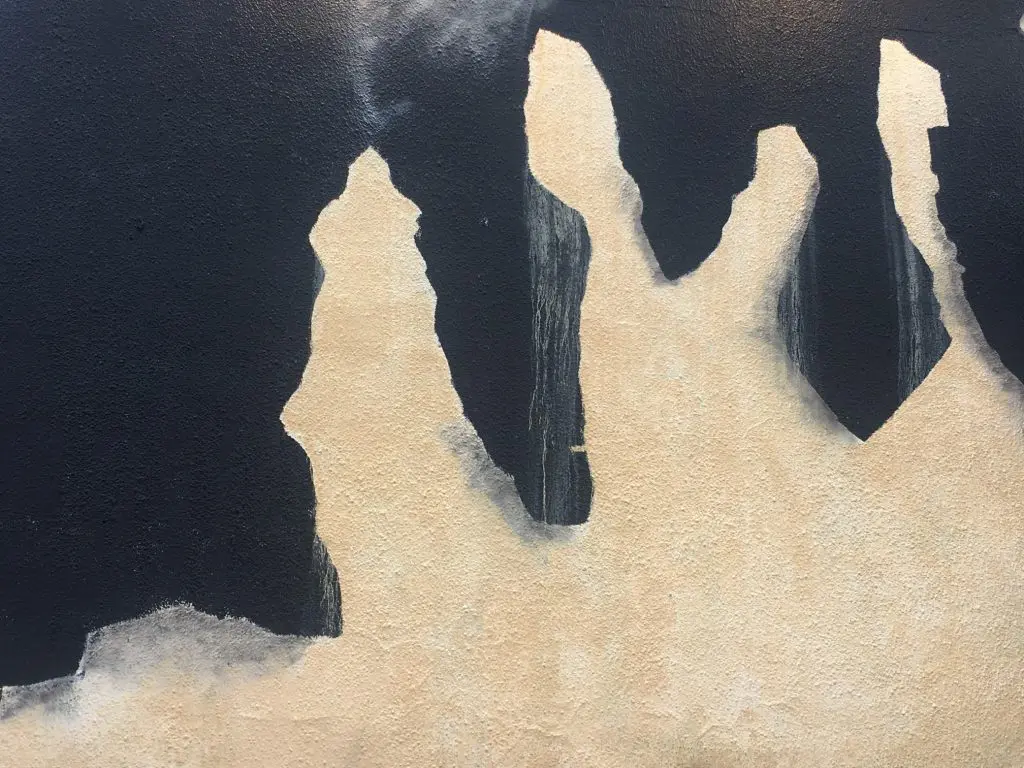
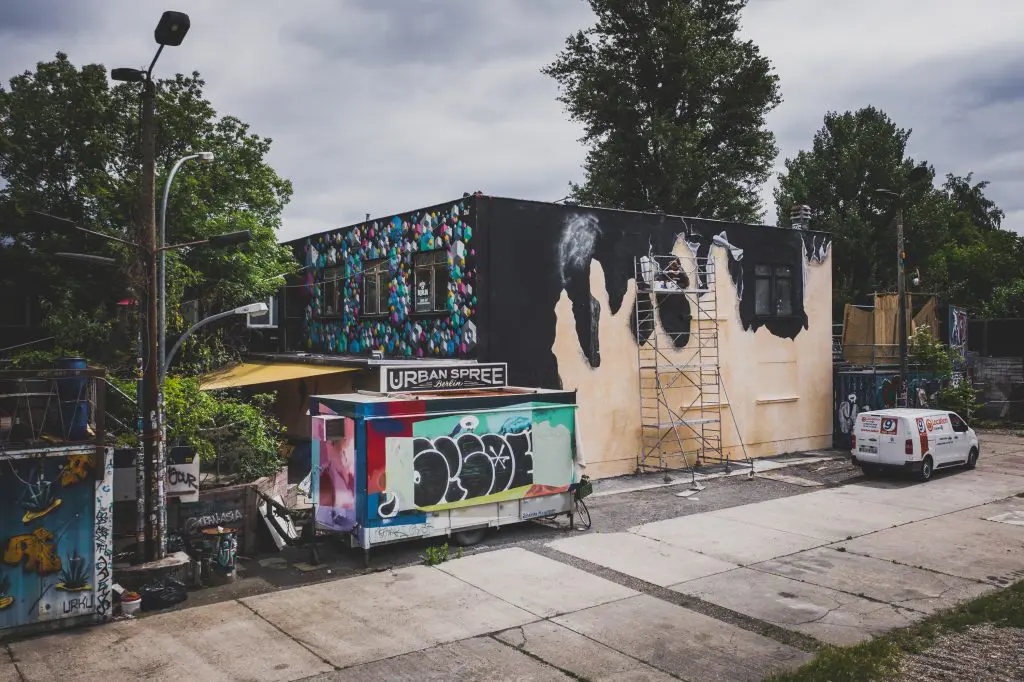
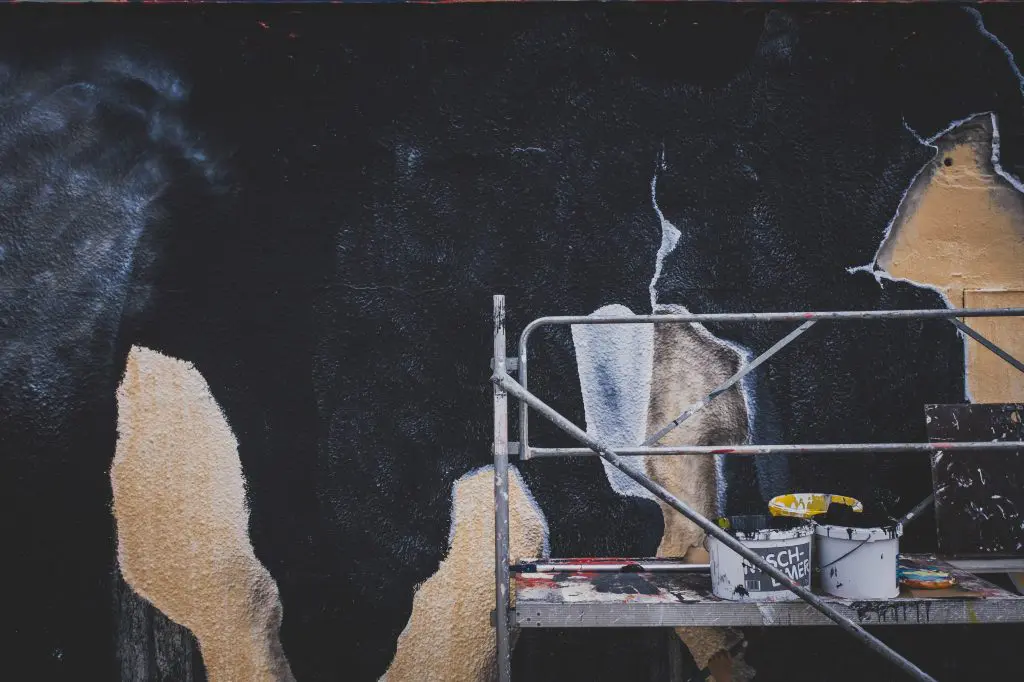
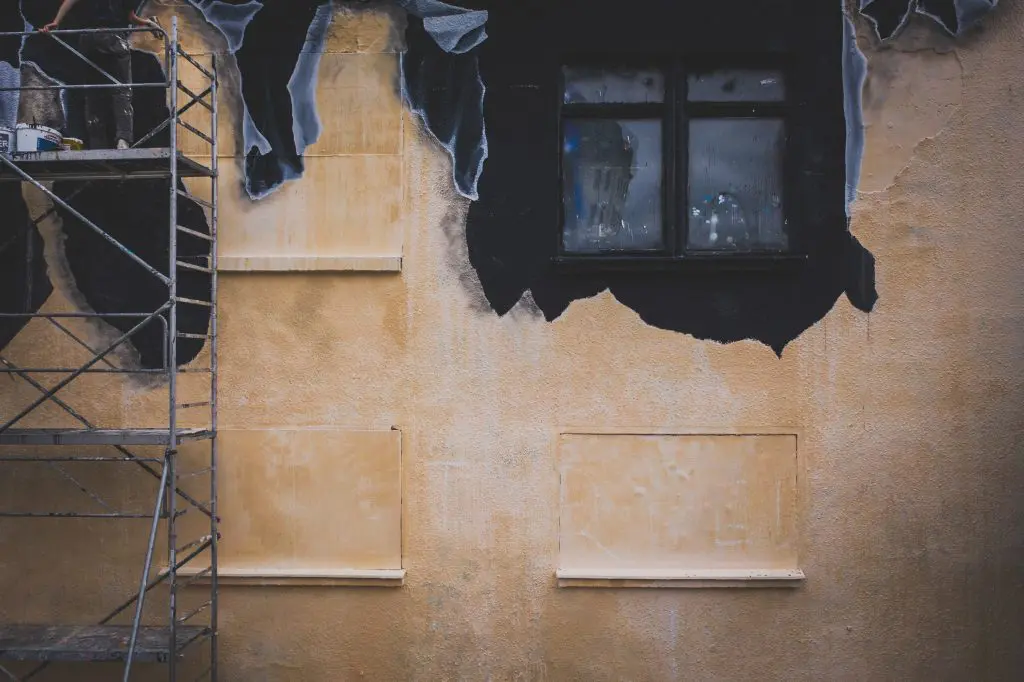
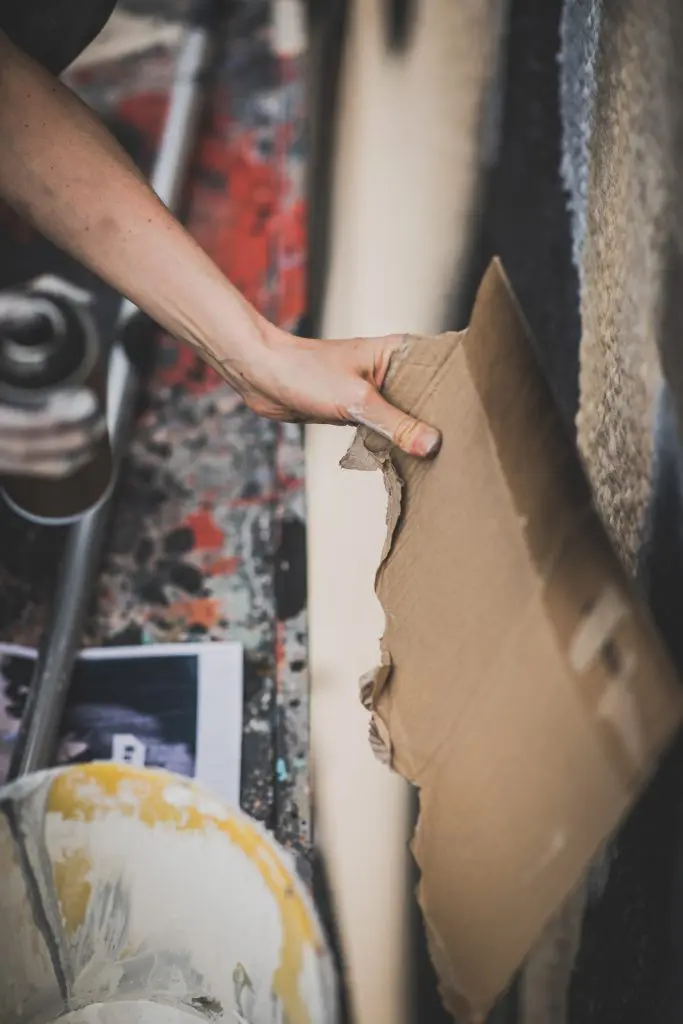
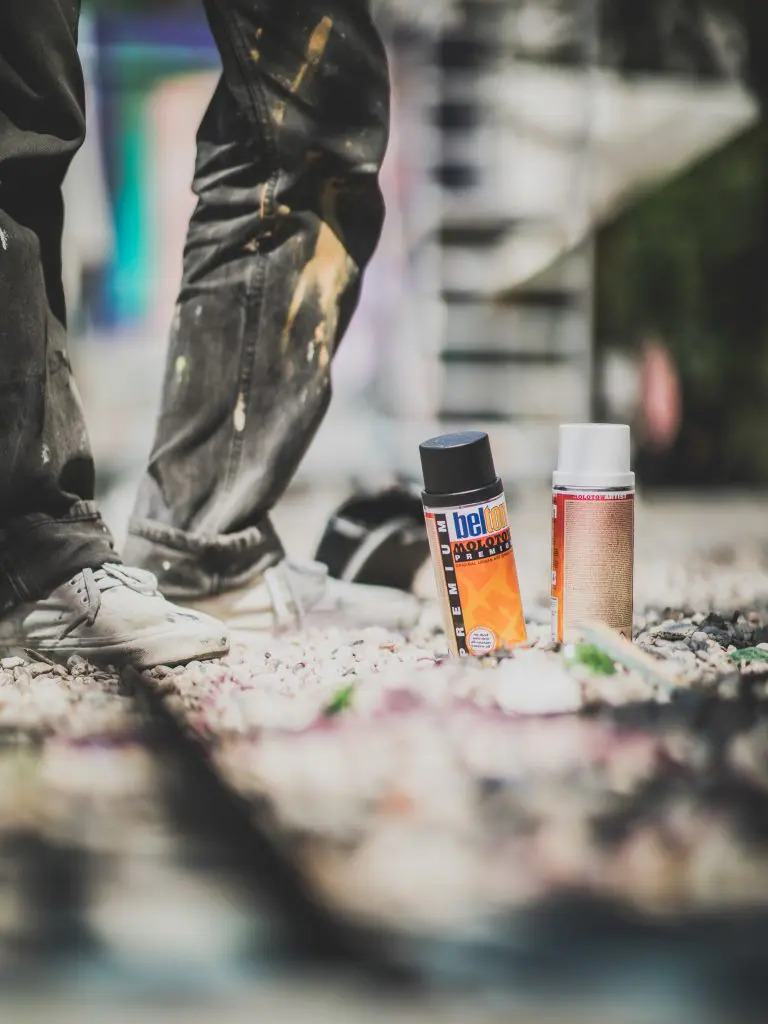
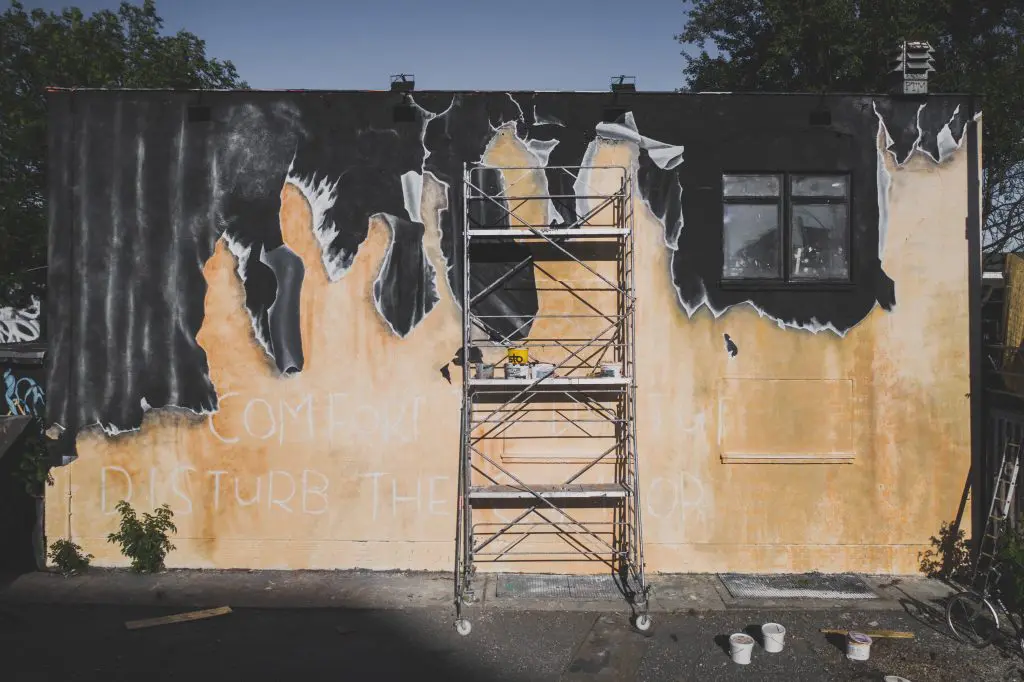
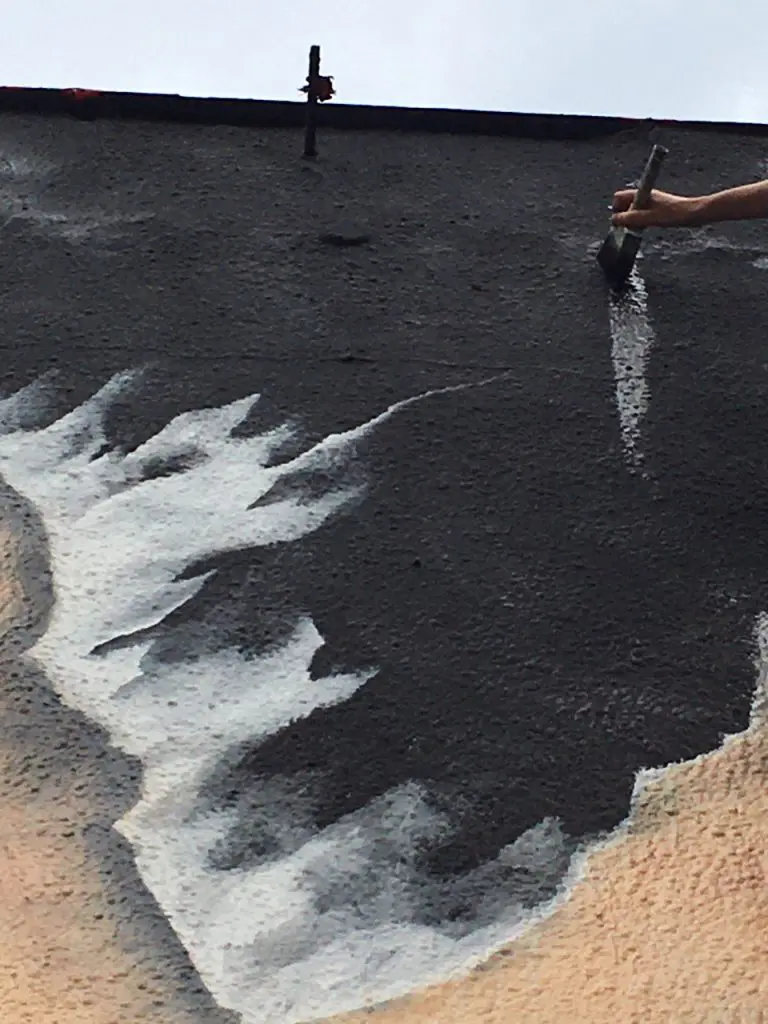
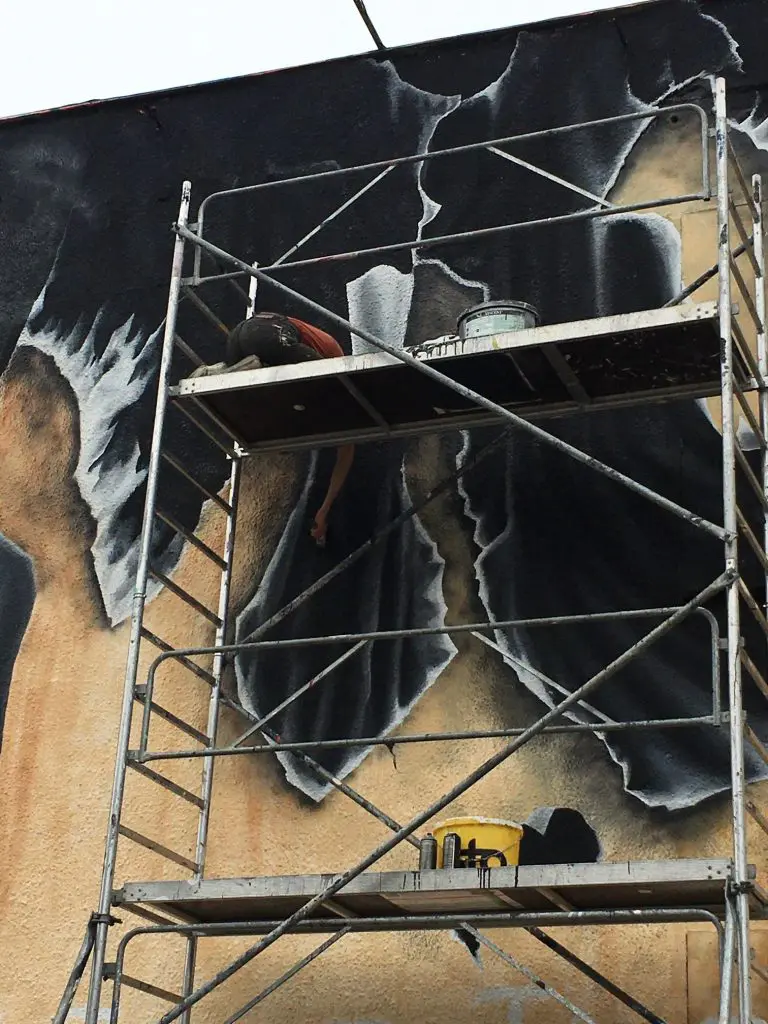
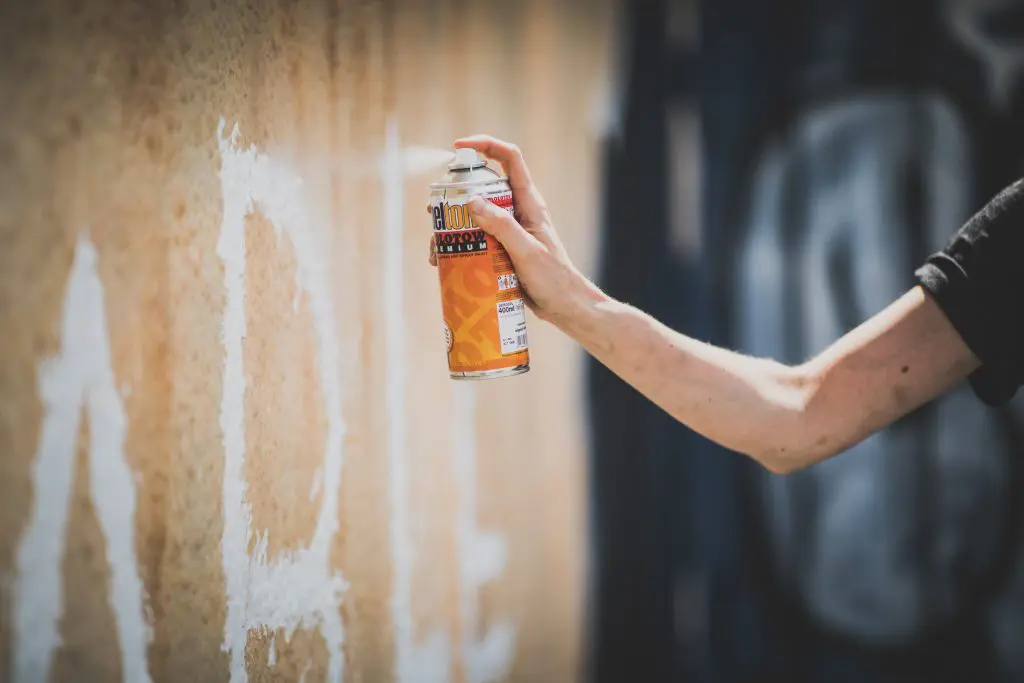
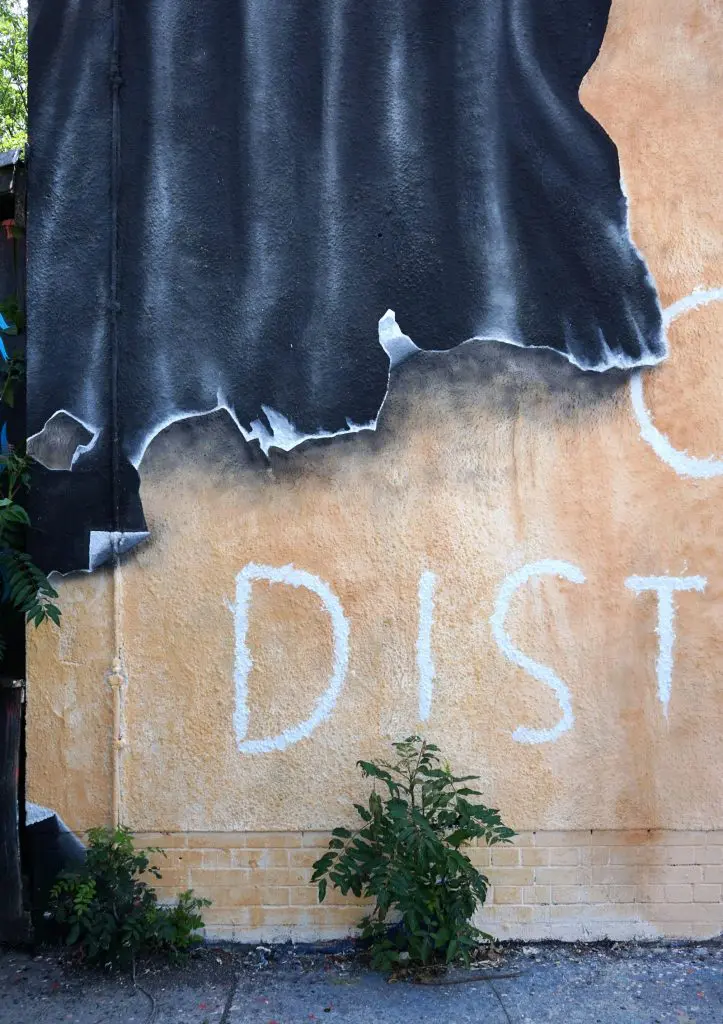
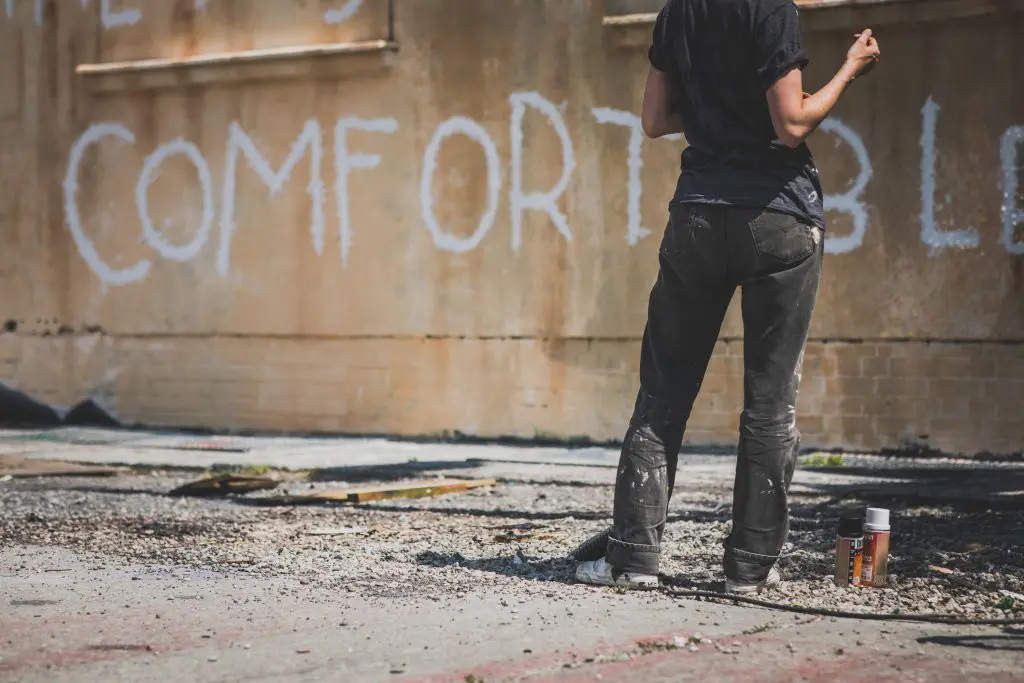
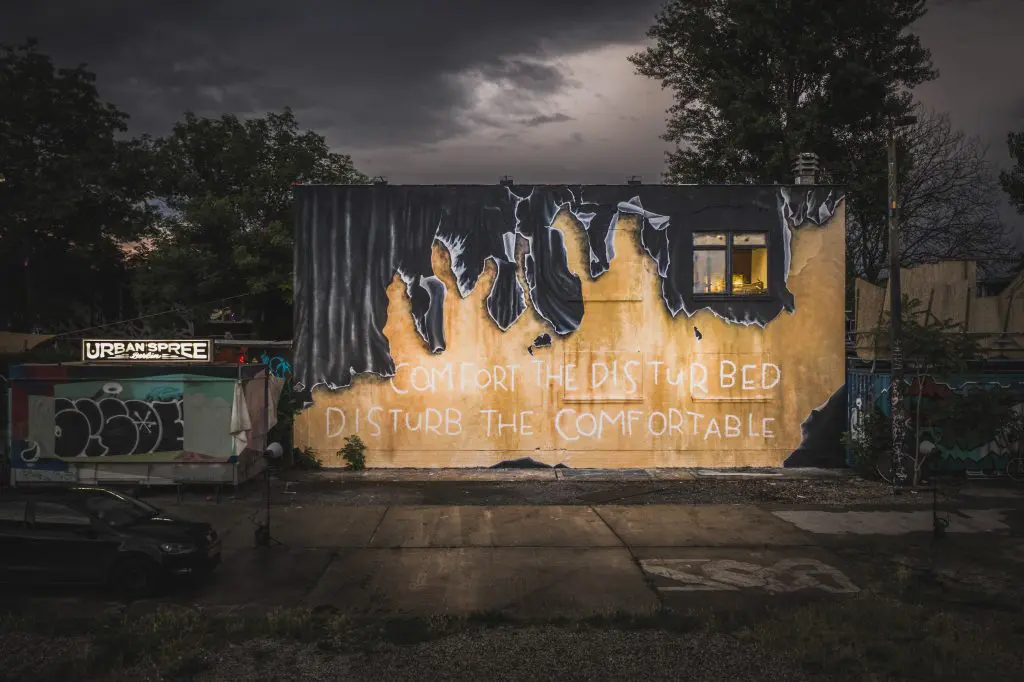
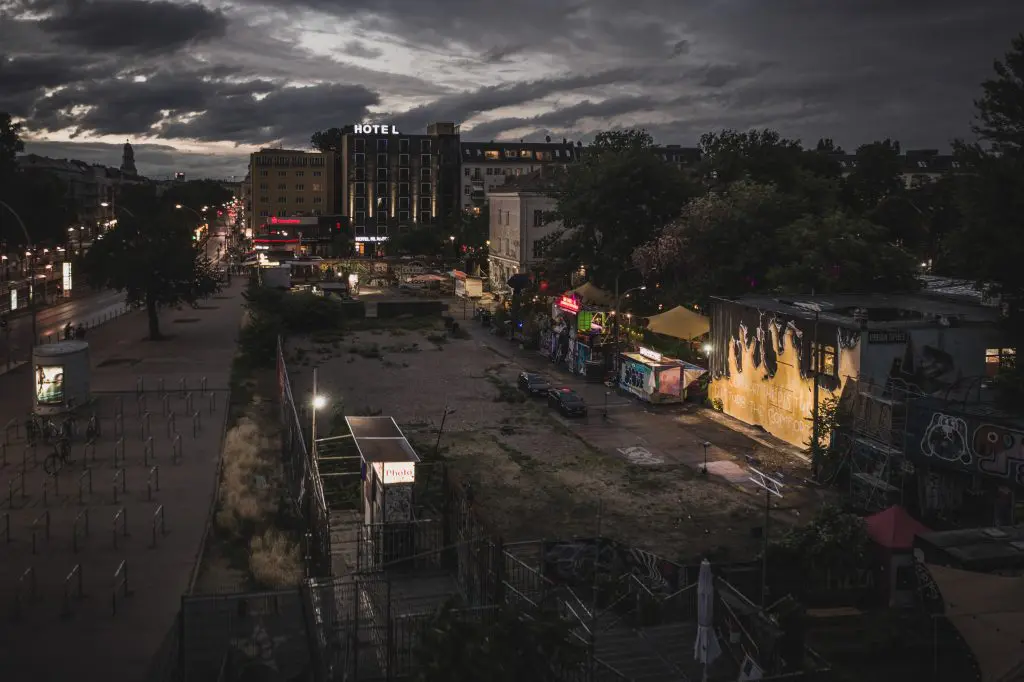
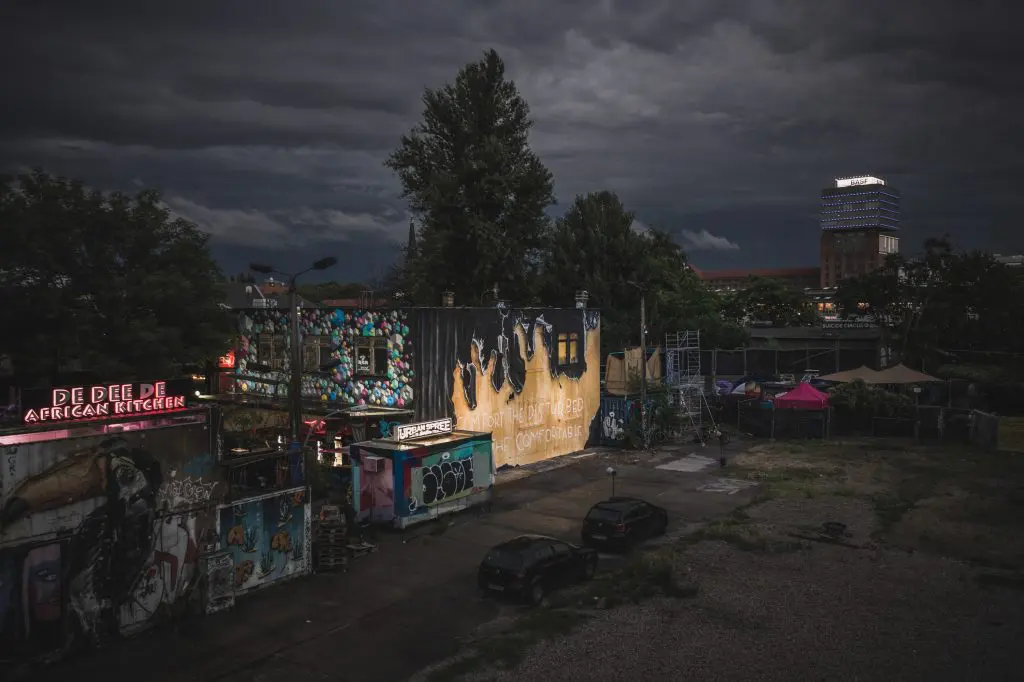
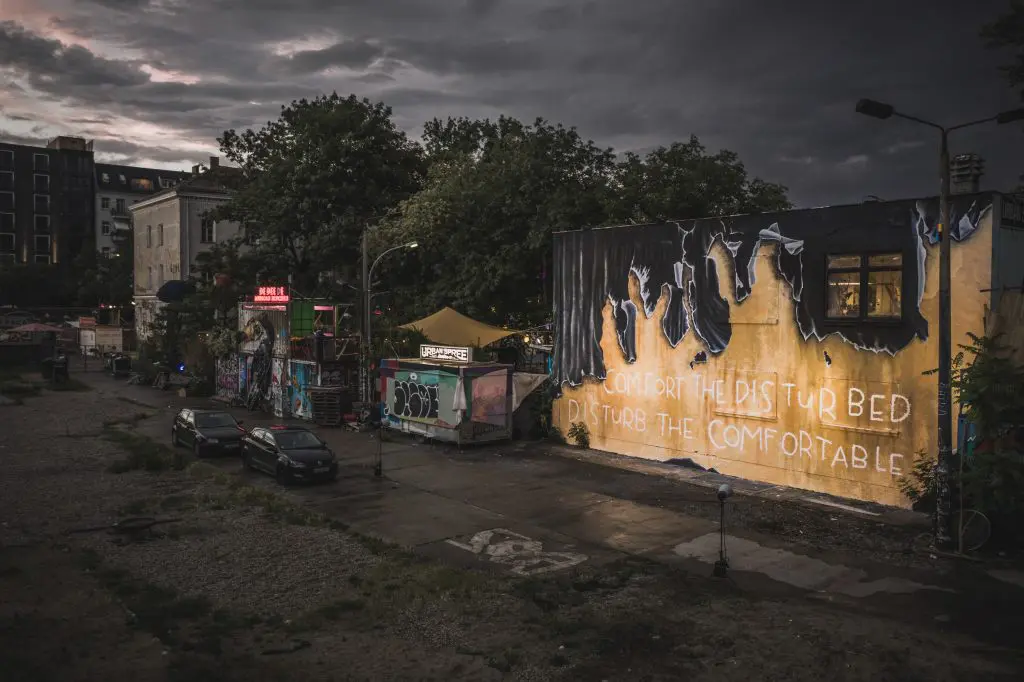

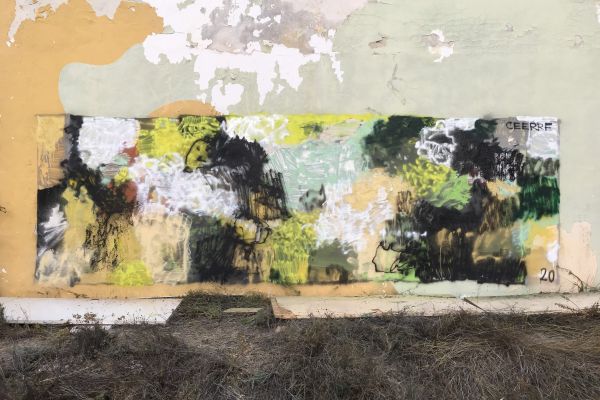
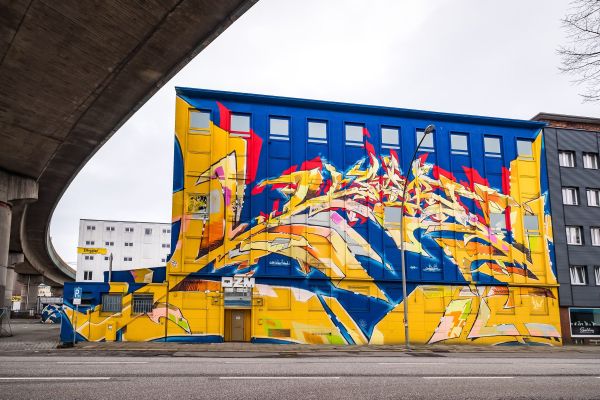
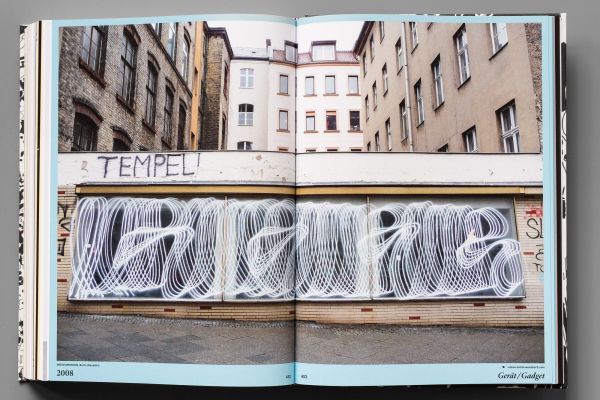
Leave a Reply